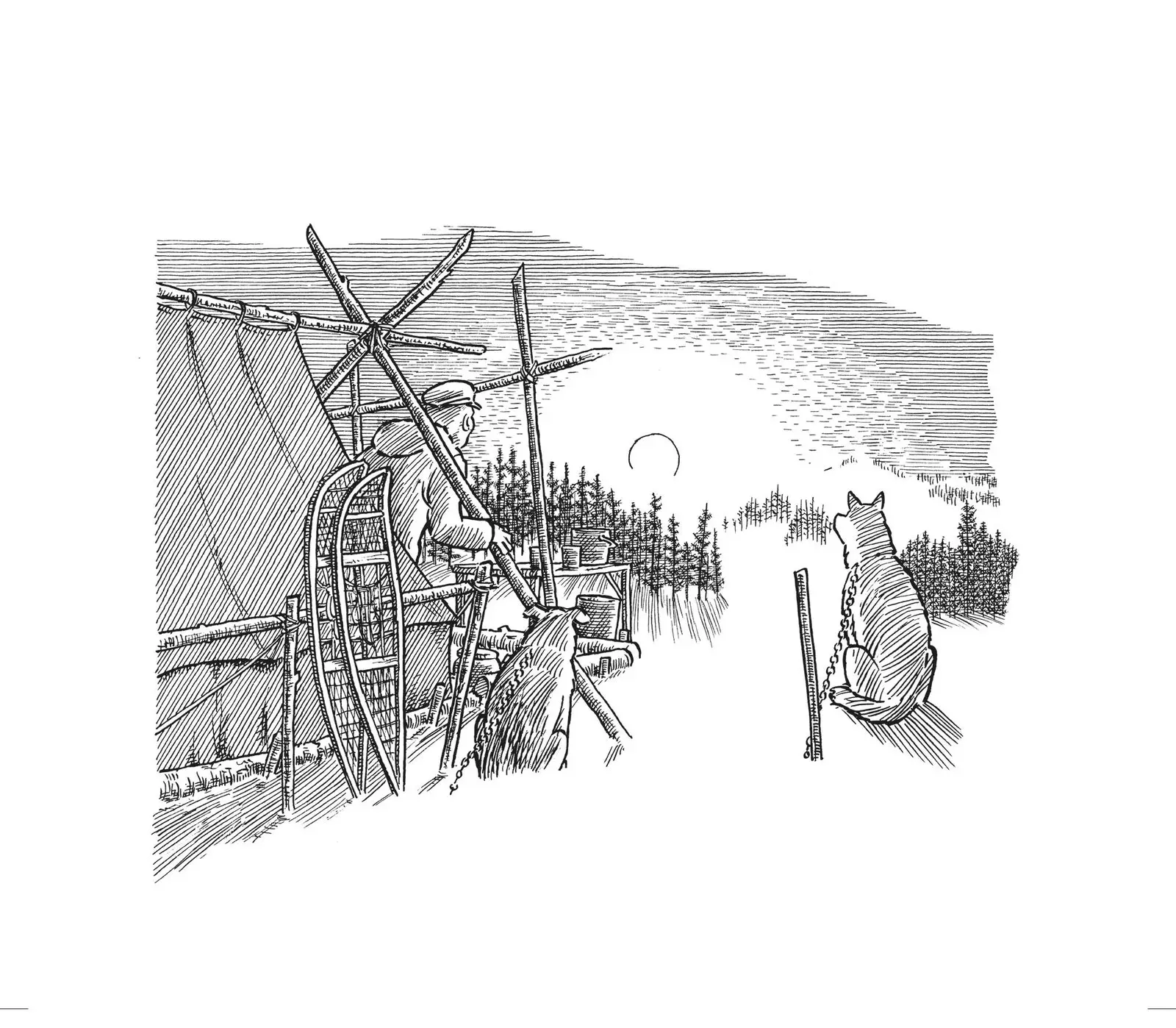
'A tribute to the land' traces the future of the Dene tribe in Canada.
"I believe that the lack of respect for nature is one of the reasons why we have this pandemic”, reflects with some sadness Joe Sacco during the virtual press conference in which we chat with him about his new work, A Tribute to the Earth (Reservoir Books). The author of the famous graphic novel Palestine, about the problems of the territories of Gaza and the West Bank, speaks to us from his home in Portland about this new project on the relationship of North American indigenous people with the territory. "We capitalists do not treat the land with respect," he says.
The humility with which the indigenous people of Canada treat nature It is one of the great teachings that he has received during the elaboration of these almost 300 pages (with hard cover), which have taken him to the northwest of that country, where valuable mineral resources (oil, gas and diamonds) have brought work and development, but have also brought the felling of forests, fracking, toxic spills and oil pipelines. The landscape has been affected, but also the traditional life of a village who has seen how their culture was viciously and premeditatedly destroyed.
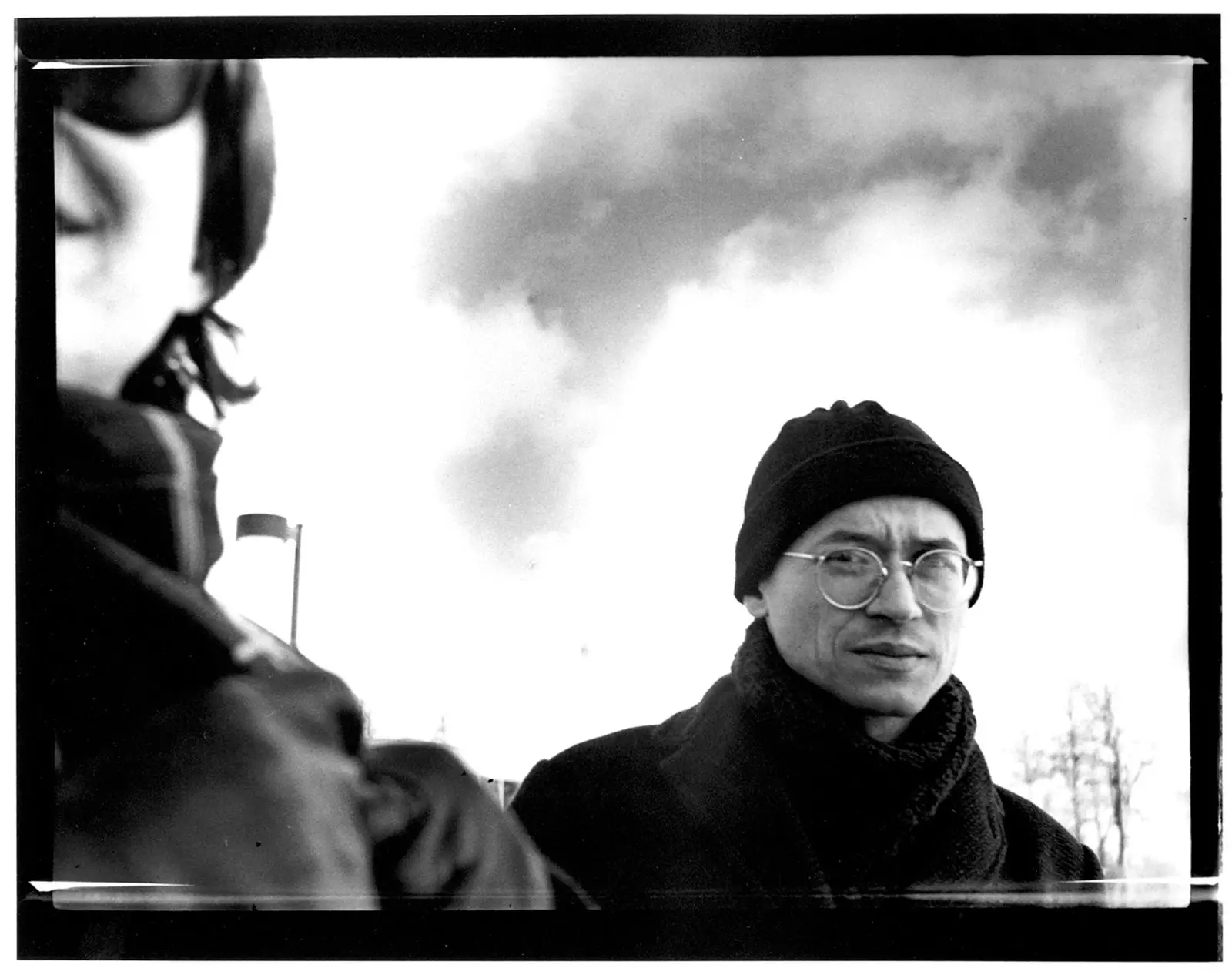
Joe Sacco
"The Dene - the tribe that forms the central axis of his book - believe that they own the land, while we believe that it belongs to us," says the author. They have lived in the Mackenzie River Valley since time immemorial, and the land is for them the central element of their way of life.
Trappers, indigenous chiefs, activists, priests... a great diversity of characters runs through the pages of A Tribute to the Earth, lost in stunning and arid landscapes where the struggle for survival is not only due to natural factors. Alcoholism and drug addiction, abuse and children torn from their nomadic tribes, unable to reconnect with their families, are some of the consequences of a colonialist oppression that took place in this natural paradise, and about which we still know very little.
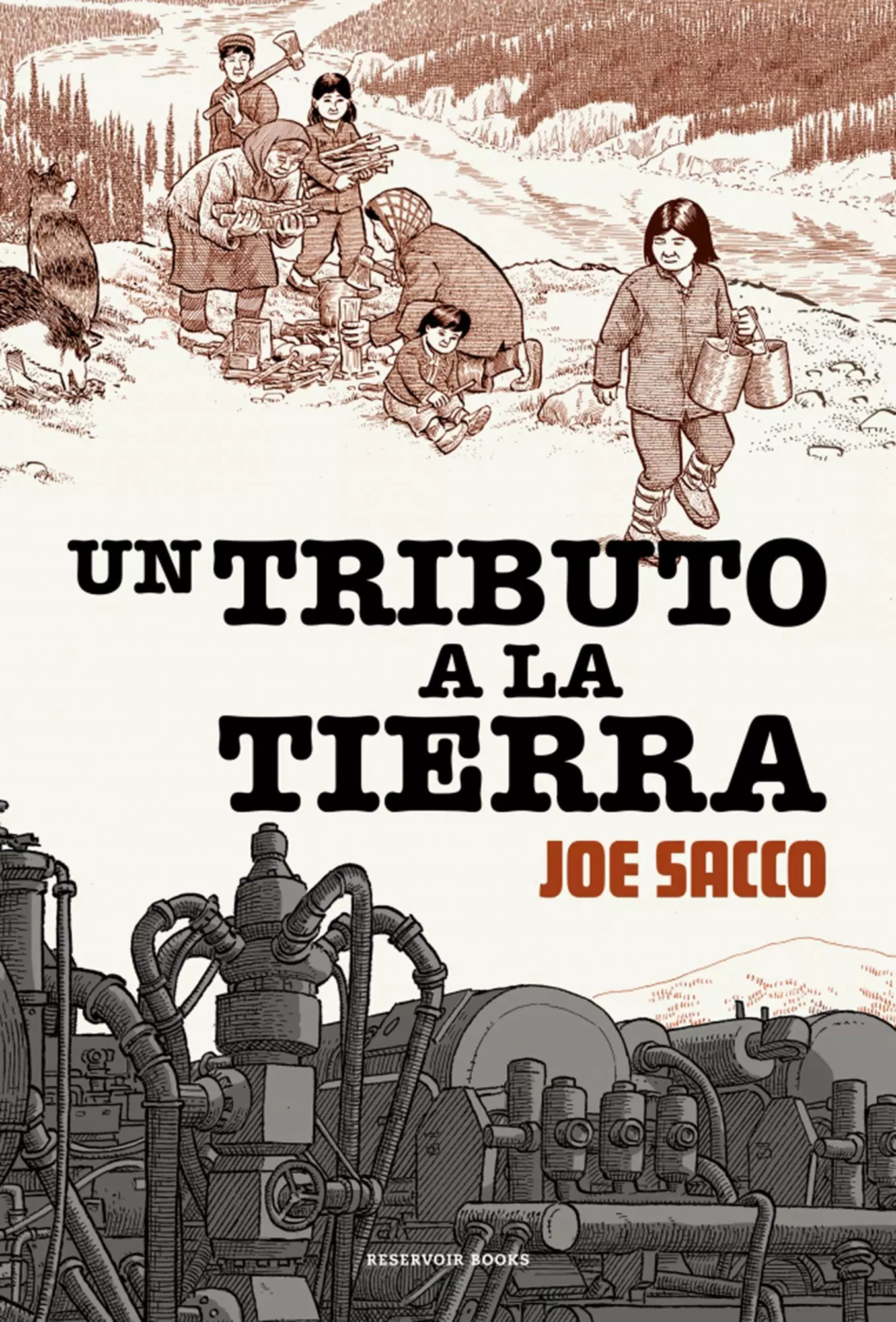
Cover of 'A Tribute to the Earth', by Joe Sacco (Reservoir Books).
"To control the land they had to control those who lived on it," summarizes the American author, born in Malta in 1960. Initially, Sacco planned a short story for a French magazine and he made a three-week trip to the northern reaches of the Mackenzie River. “When I arrived, I discovered that there were many more stories than he thought. I decided that the project deserved a book and decided to go back for another three weeks, until I had enough material for a good story. On the first trip he hadn't grasped everything he wanted. I spoke with many people and, in depth, with about 30 people: village chiefs, people with conflicting positions regarding the extraction of resources, political leaders and indigenous leaders,” he recalls. Then he came home, wrote the script and started drawing, which took about four years. "That's how my books always work."
For the journalist and illustrator, the most shocking part of the process was discovering the number of abuses that were committed, the regulated system to end the native languages, the mistreatment of the kids for speaking his own language. “When they returned to their community they could no longer speak the native language and could not communicate with their own parents and grandparents. All the foundations of culture were broken. Many psychological problems stem from this. There is a lot of alcoholism in the indigenous communities, directly related to this cultural destruction”, he explains about what he qualifies as a terrible identity cultural genocide.
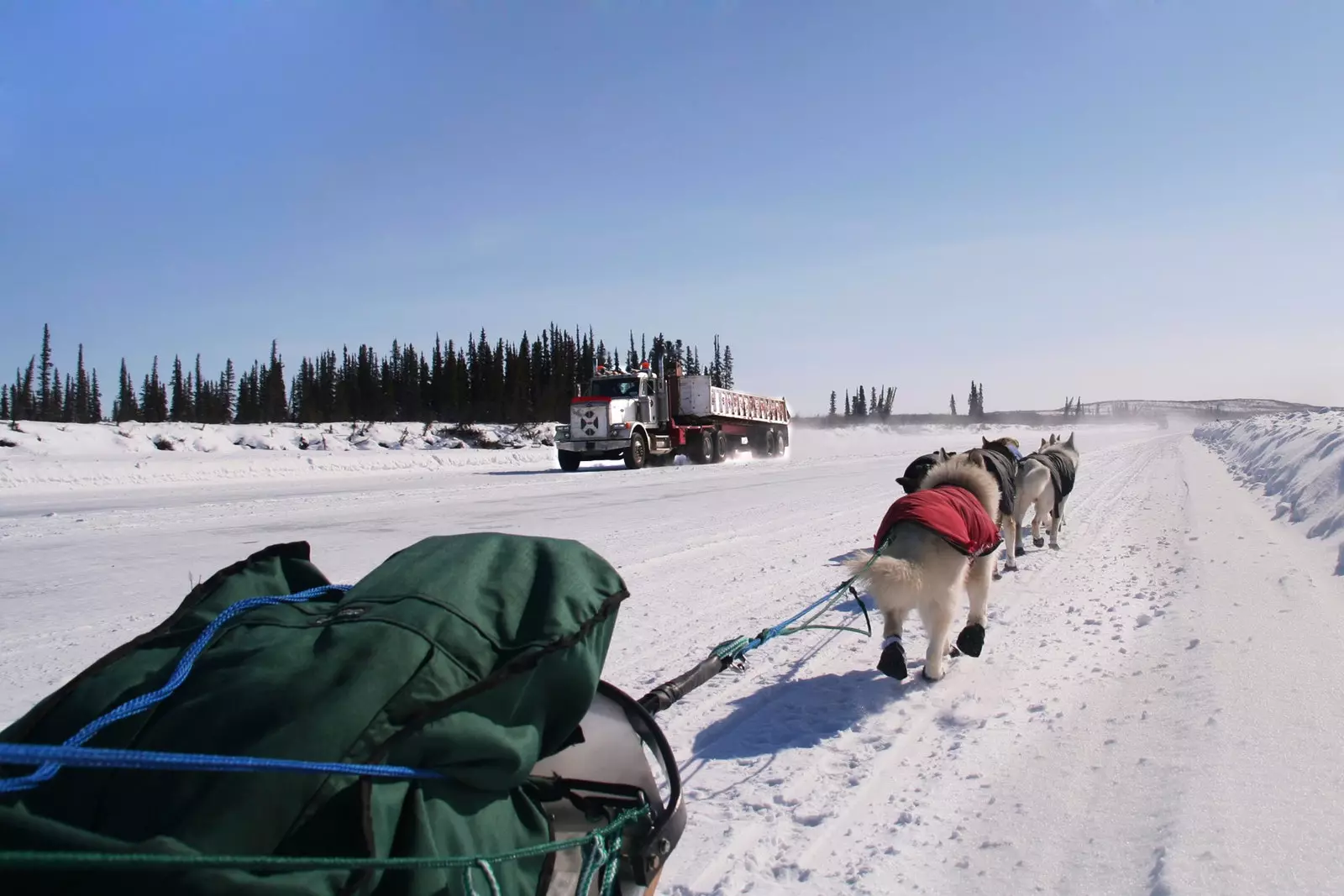
A dog sled, between Tuktoyaktuk and Inuvik, in the Mackenzie River Delta.
CLIMATE CHANGE AND ITS CONSEQUENCES
Sacco declares himself pessimistic about climate change. “Some experts have already warned that what is happening with Covid-19 could happen and we were not prepared. Similarly, in some areas of the planet, climate change will be ignored. In others you will live with more intensity. My fear is that each country will wait for it to affect them directly. I don't know if there are politicians brave enough to change our lives today in anticipation of the effects in the medium-long term”.
Hence, he wanted to do a book on climate change. “For most people it seems abstract, it means paying attention to something that will happen in 50 or 100 years, and we find it difficult to connect with the future. We think it's not our problem, unfortunately." he tells us. “And the process begins where the natural resources are extracted, where the indigenous people live. My idea was to tell this. I thought that in South America there are well-known stories of indigenous peoples fighting against this irresponsible way of using the land, but someone contacted me from Canada and told me what was happening there, it turned out to be a very complex reality I didn't know anything about."
"In North America we don't know anything about Canada. I think the same thing happens in Europe. I myself did not understand the real implications of Indian boarding schools. He believed that colonialism was a thing of the past but it has implications for the present, it is still breathing, it has not died”, emphasizes the author, who maintains that it is still alive in large corporations.
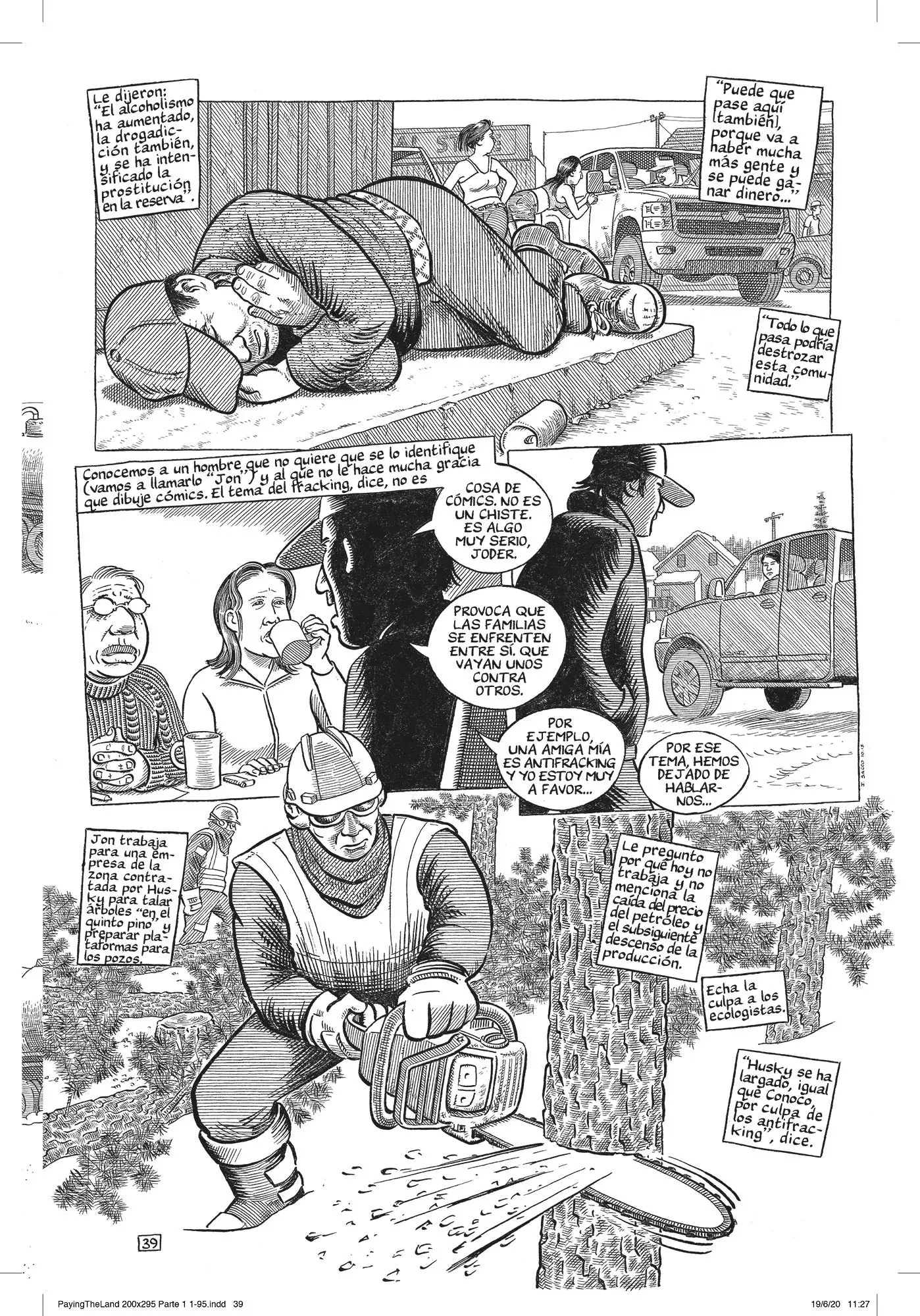
The book addresses the ecological and social problems of the Canadian Northwest Territories.
Asked how tribes can resist colonization, he replies: “It's a very uphill battle. It is up to them to decide how to resist. The youngest try to reconnect with what made them strong before. Culture and politics go hand in hand for them. They have a critical conscience, at least those with whom I have dealt. To some extent nostalgic, but above all a living culture, who understands that we are in a different world”.
In Canada there was a truth and reconciliation commission, basically dedicated to investigating what had happened in boarding schools for indigenous children. “It was a court order. The damages were evaluated and how they should be financially compensated. But of course, giving money to people who have an addiction... Unfortunately, many of them ended up killing themselves. Later that commission produced a report that concluded that a cultural genocide had been carried out. I have no criticism of the commission, but making a report does not solve the problem, it can give the wrong feeling of an end point, but the consequences are there."
It had its relevance, admits the author, but "Canada has to accept that the problem in the communities continues," he maintains. "And that, at least, Canada has gone further than the US, where the genocide was very physical. There's a museum in Washington dedicated to the Indians, but you can't get a shred of what happened in it. There is no real will to know what happened during the colonization period.
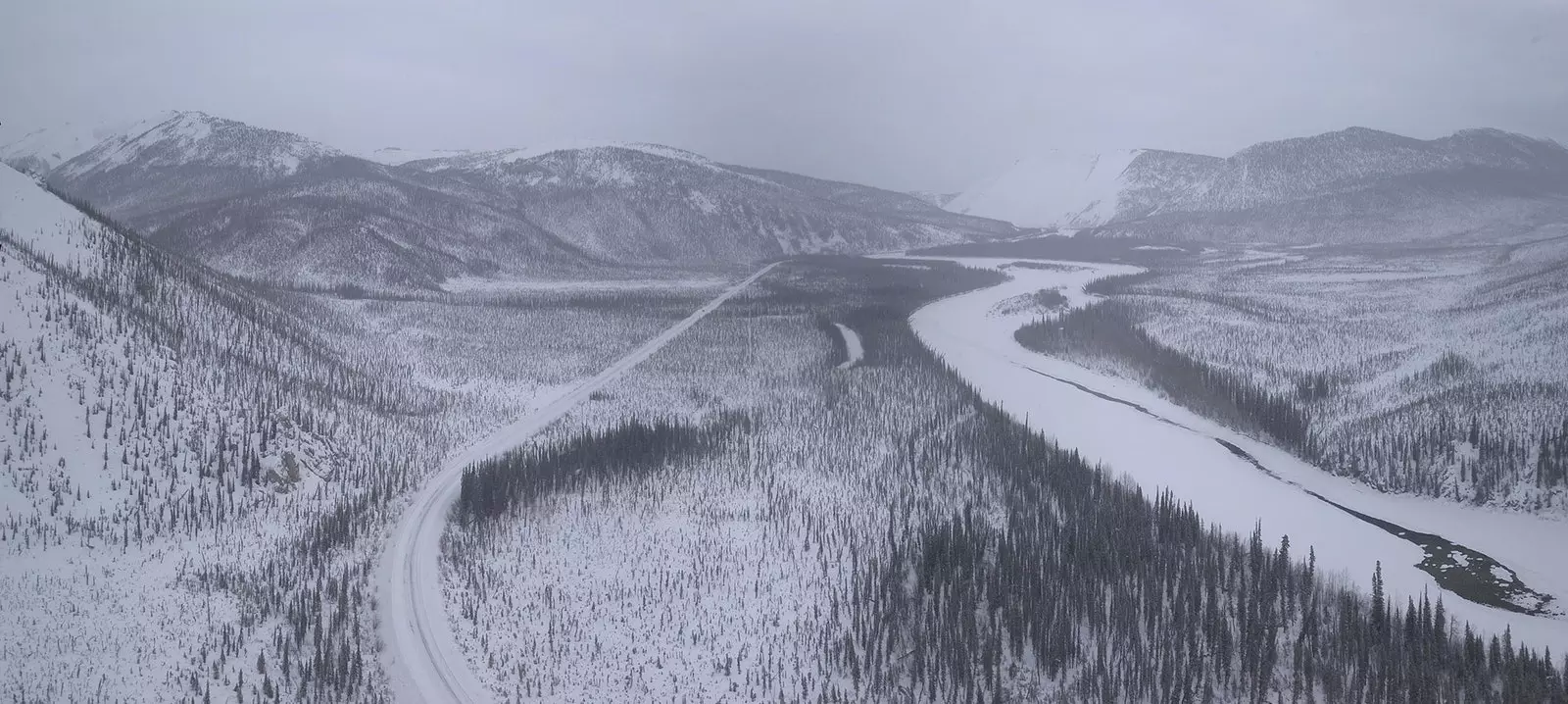
The Canadian Northwest, an arid paradise where the biggest problem is not exactly the weather.
Ways to exploit natural resources have confronted the region with different dilemmas throughout recent history, which have led to abuses of the land and indigenous peoples, often excluded from decisions in this regard or pushed to make decisions that would end up fragmenting them internally. Environmentalism, social problems and history are mixed in an adventure that gives the reader much to think about, and that combines our own understanding of our reality with personal testimonies that move us in the deepest.
JOURNALISM AND ACTIVISM
“I want to continue doing journalism, it is the greatest privilege there is, just talking to people, interviewing, I really enjoy it. But part of me wants to do different things." Sacco answers us when we inquire about his next project. Will it be, perhaps, more conceptual, like The Great War? “For me that book was an attempt not to think about individual stories, which is what I normally do. I'm interested in how people act en masse and that's why I thought about that conflict. We tend to think that a group action can be a good thing but it can also have catastrophic results."
"Now I'm working on a very underground, philosophical and funny book (I hope!), which It addresses many issues that I have reflected on and that I cannot include in my journalistic work. Journalism raises some questions in me that cannot be answered in a journalistic way and I am analyzing these questions in a different way.”
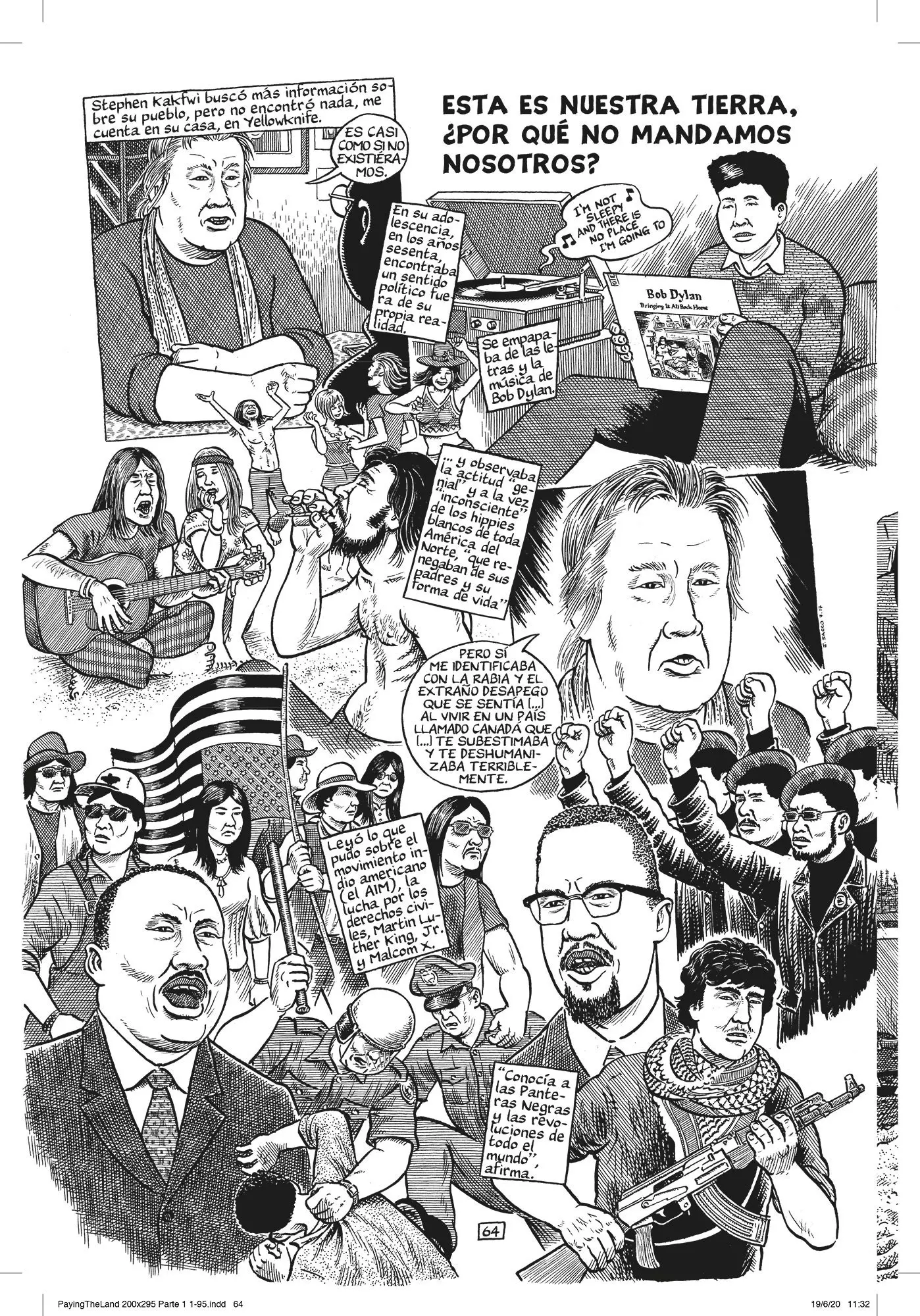
Joe Sacco interviewed dozens of people to reflect the story of the Denes' vindication.
The concept of graphic journalism is, in any case, new to many people, who he normally associates it with photography, although there are more and more authors dedicated to this form of expression and documentation. “What I try to do is make an impression, create an atmosphere through a lot of images,” he explains. And he adds: “Journalism is related to activism in a way but it is not the same thing. I am clearly on the left I think it's clear through the themes I choose, but you have to confront certain things. There are people who told me 'don't talk about boarding schools, about alcoholism', but those topics came up all the time... If you want to be a journalist you have to be open, it's almost more of an attitude regarding what you do. You have to be able to listen."
"Perhaps the secret of journalism is that people like to talk about themselves, and if you give them that opportunity, they will open up to you. I encourage those who want to be journalists to persevere, I think it is a field that can grow a lot”.
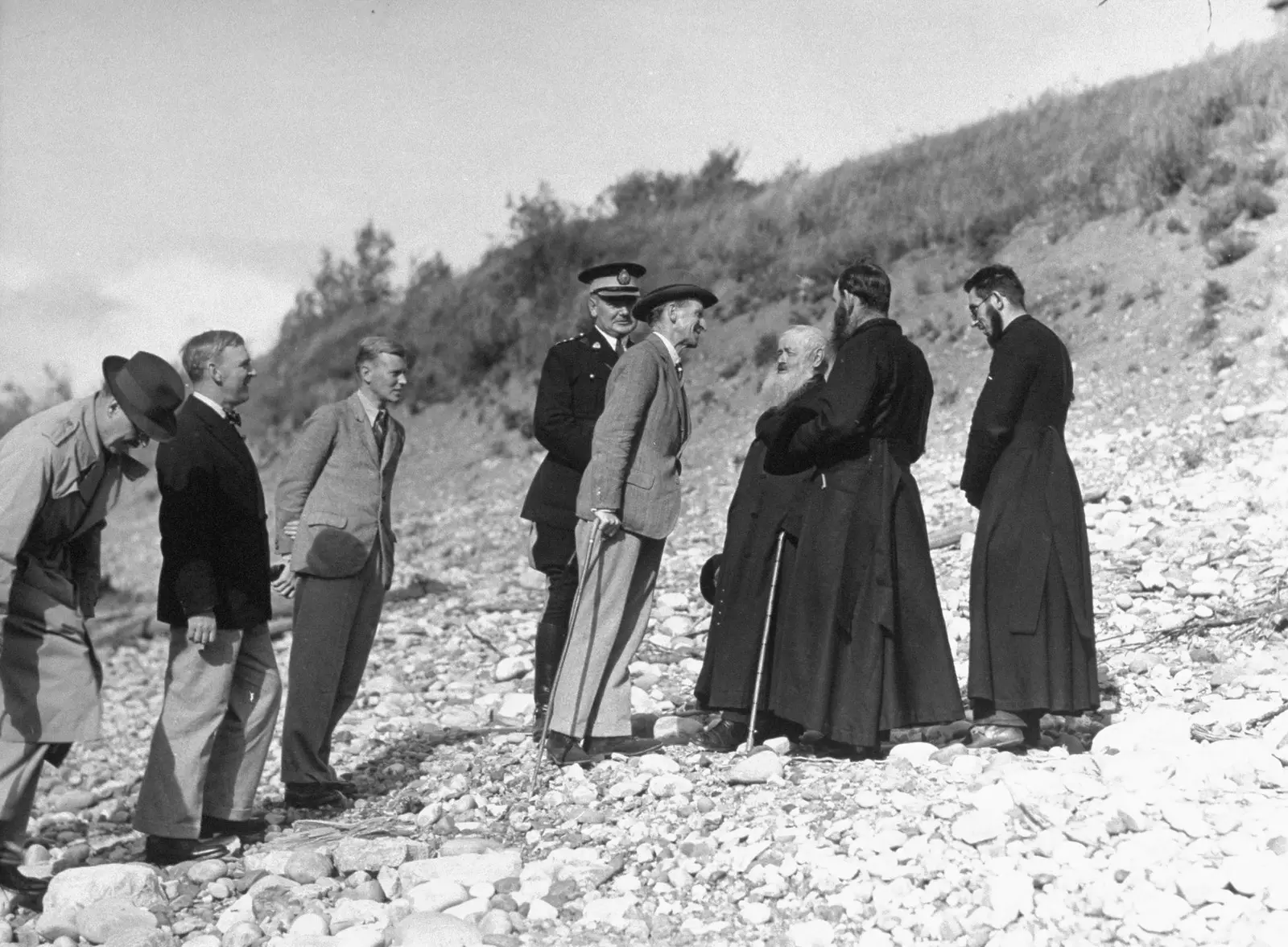
Governor General of Canada John Buchan (center, holding cane) talks with three mission priests at Fort Good Hope, one of the settings in Sacco's play, in 1937.
